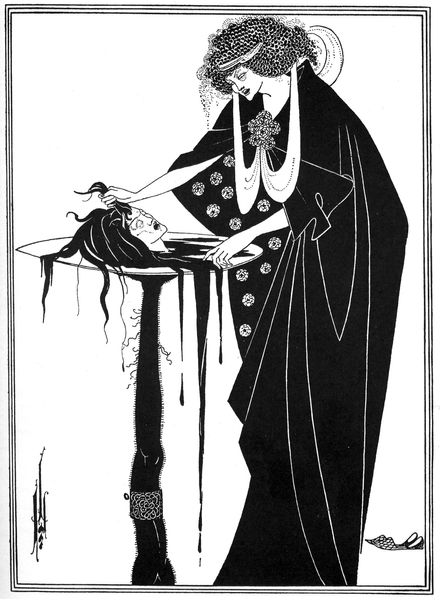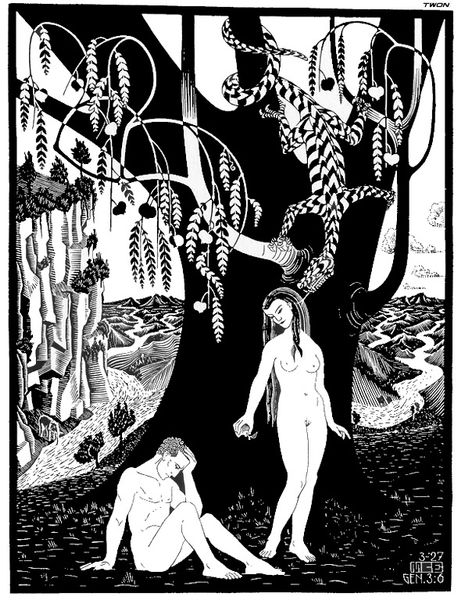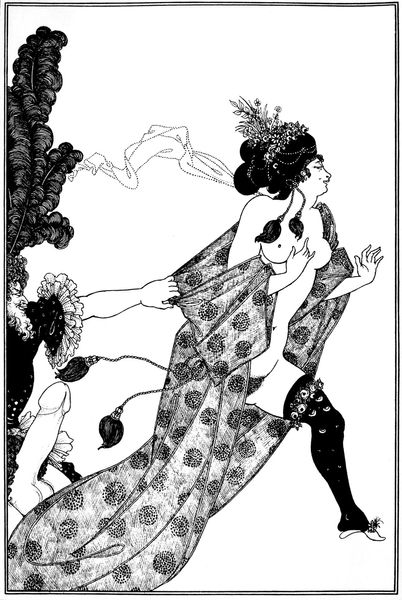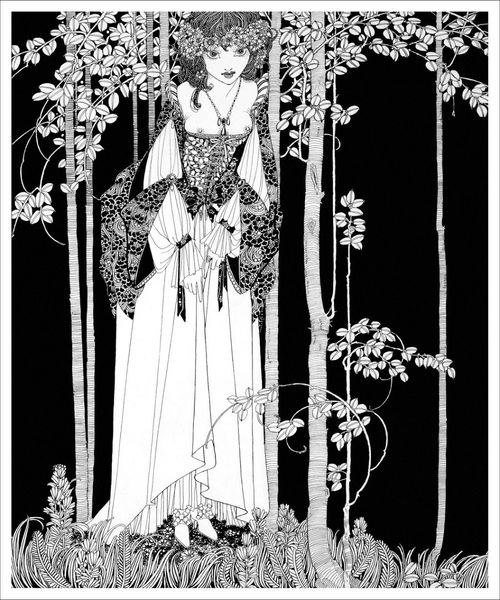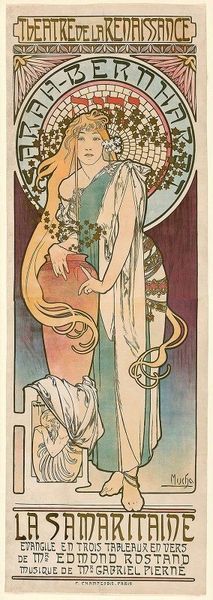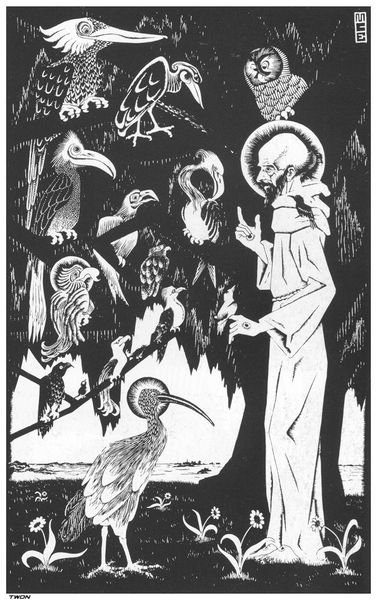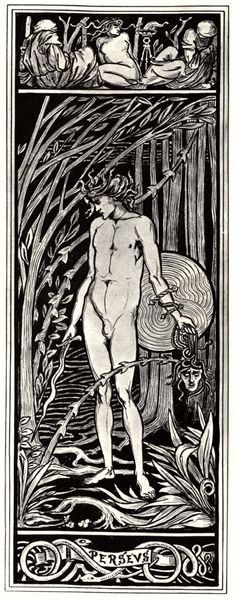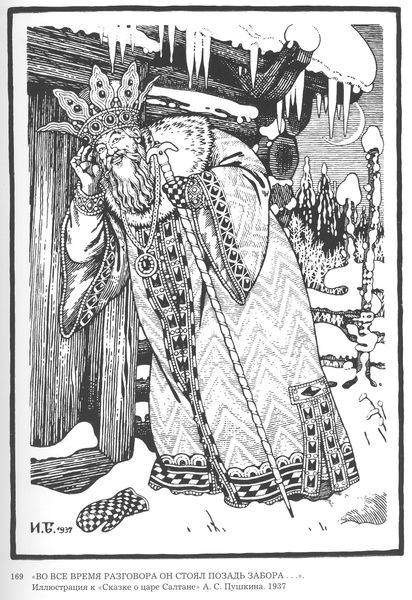
drawing, ink
#
drawing
#
fairy-painting
#
pen illustration
#
figuration
#
ink line art
#
ink
#
line
#
symbolism
#
comic art
#
nude
Copyright: Public domain
Editor: This is "Geneviève," a 1911 ink drawing by Thomas Theodor Heine. There's a dreamy quality to it, with a nude woman surrounded by deer, all rendered in this really precise, almost graphic style. What do you see in this piece? Curator: I see a powerful evocation of the nurturing feminine, echoing ancient myths of the Great Mother. Note how the woman, likely representing Geneviève, offers sustenance to the deer. In many cultures, the deer is a symbol of gentleness, innocence, but also a guide, a creature of the forest possessing esoteric knowledge. Heine is not merely depicting a scene; he's channeling archetypal imagery loaded with meaning. Editor: So, the deer aren't just animals; they’re part of a symbolic language? Curator: Precisely. Think about the cultural memory of animals acting as allies, messengers, or even kin. Heine may be commenting on civilization’s reliance on the natural world. How often do we acknowledge our debts to the very ecosystems that sustain us? This is an especially relevant point to emphasize in 1911 as many looked to modernism’s future. This return to the ‘natural’ speaks to something very human and timeless. Editor: That’s interesting. I hadn't thought about it in terms of cultural dependency or the dawn of modernism! It makes the drawing feel much less like a simple fantasy and more like… a statement. Curator: Exactly. It invites reflection on our relationship with nature and perhaps a yearning for a more harmonious connection. Every detail, the setting, the style, and especially the symbol of deer is interconnected within the message of Geneviève. Editor: Well, I definitely see a lot more in it now! The artist truly composed so much symbology in one still image.
Comments
No comments
Be the first to comment and join the conversation on the ultimate creative platform.

